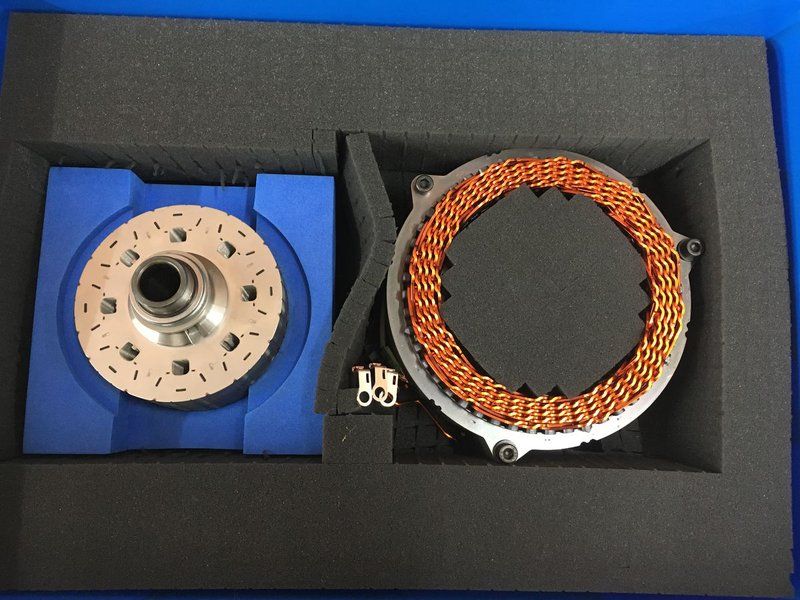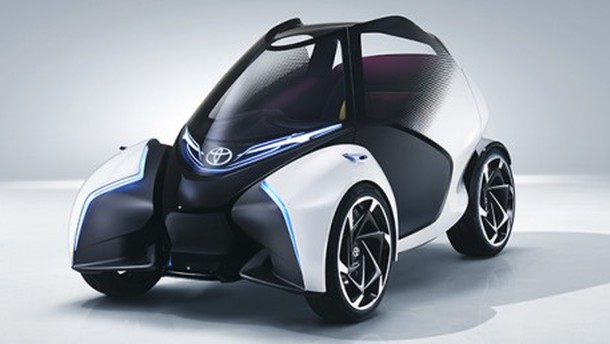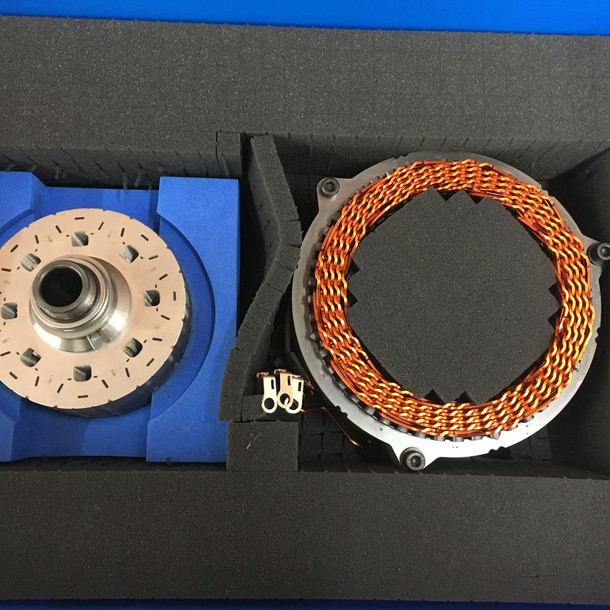
Electric cars have an element that is hard to produce, is not particularly environmentally friendly, when it comes to producing it and is thus often a target of critics. Batteries however are not the only part of electric cars that are hard and costly to produce. There are also magnets, one of the essential parts of electric motors, where key elements are some of the rarest and consequently expensive substances on the planet. It looks though, that Toyota Toyota has found a way to produce magnets without those elements.
To understand what Toyota achieved, we music first understand the basics behind electric magnets. Among other metals, two of the most essential components, used in magnets are terbium and dysprosium. Both of them are very rare, hard to find and are usually located in very unstable regions. Those two elements, together with neodymium are key components in the constant processes of attraction and repulsion, which in term propels the engine.

What Toyota achieved is to replace dysprosium and terbium with two much more common earth elements called lanthanum and cerium. They have also reduced the amount of neodymium – which is key factor to achieve sufficient engine torque – while keeping engine performances on the same level as before.
Even thou, Toyota achieved such breakthrough, there is still some time needed before new magnets will be usable on daily basis. It is believed, that they will be firstly used around 2020 in electric power steering motors and will later on eventually find their place inside high performance electric motor vehicles.




